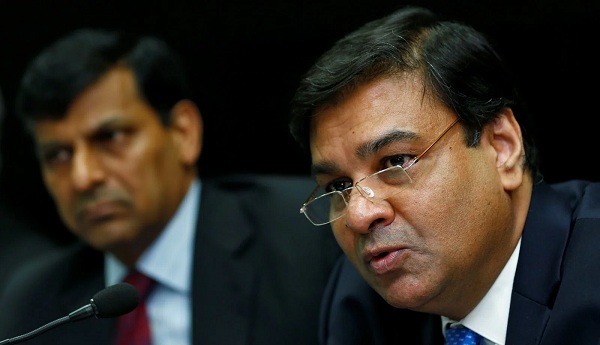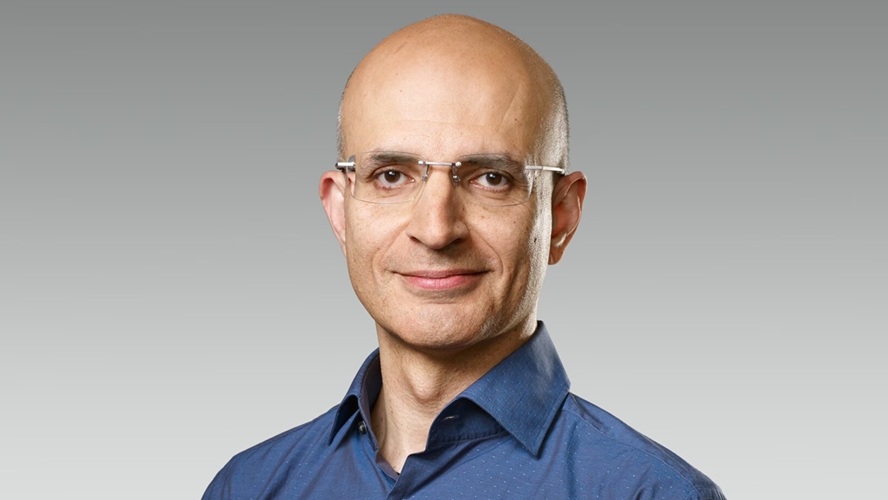By Ira Dugal
Urijit Patel looks to take Raghuram Rajan’s inflation fighting agenda forward and not sway from the RBI’s crusade against bad loans in the banking sector
Mumbai: When Urjit Patel takes over as the 24th governor of the Reserve Bank of India (RBI) next month, it may feel like a case of “the more things change, the more they stay the same” at the central bank.
Patel’s choice as the successor to Raghuram Rajan is a vote for continuity and that is what markets and bankers are expecting as the new governor takes charge.
The continuity will come in terms of taking Rajan’s inflation fighting agenda forward and not swaying from the regulator’s crusade against bad loans in the banking sector.
Patel, in fact, is the architect of the RBI’s new monetary policy framework. In January 2014, a committee headed by him had suggested crucial changes to how the central bank approaches monetary policy. It suggested that the central bank use consumer price inflation as the nominal anchor and also mooted the idea of a flexible inflation targeting framework. Both these changes have now been institutionalised with a 4% (+/-2%) inflation target being put in place.
Get the MPC functioning
The other big change that the Patel committee recommended is the setting up of a monetary policy committee (MPC) which will make decisions collectively, replacing the current system where the governor is the sole monetary policy decision-maker. The government has agreed to this and the committee is in the process of being set up.
Rajan has suggested that the next monetary policy review due in October, could be conducted under the MPC framework.
As such, the first and the biggest task for Patel will be to get the MPC functioning. As the central bank transitions to this new system of setting monetary policy, it will be equally important for Patel to communicate to markets and other stakeholders on how they should internalize these changes in monetary policy setting.
“Dr Patel’s appointment augurs well for continuity as he was part of formulating the design of the monetary policy framework. This would also imply that the RBI will continue to build on the path that Rajan has laid out to manage inflation,” said Shubhada Rao, chief economist at Yes Bank.
Keep the inflation fight alive
Consumer price inflation for July rose to above 6%, thereby breaching the upper limit of the RBI’s comfort band. As Patel takes over and leads his first monetary policy review, he would need to make an assessment if the accommodative stance that the RBI has maintained since the start of last year needs to change. Recent inflationary pressures have been led by higher food prices which may subside. But of the RBI and Patel’s judgement is that upside risks to inflation have risen, they may start to sound less dovish than they have in recent policy statements.
The market sees Patel has a hawk which means that hopes of easier monetary policy under the new governor would subside. Bond yields which have dropped nearly 40 basis points since Rajan announced his departure, may move up marginally on Monday, according to a senior banker who declined to be identified. Patel is also seen as someone who is not particularly generous with liquidity and until recently had maintained that liquidity should be in deficit mode in order to meet the RBI’s inflation goals. This has now changed and the RBI has committed to maintaining neutral liquidity which has come as a relief to markets and bankers. With that decision taken collectively by Rajan and Patel, markets expect the stance to continue.
“Dr Urjit Patel’s appointment provides continuity to the monetary policy making especially related to inflation targeting. It reassures both debt and equity markets of continuity in policy making at the RBI,” said Nilesh Shah, managing director at Kotak Mahindra Asset Management Co. “Market participants will be keenly looking forward to the next credit policy to hear the new governor’s views on the macro economic environment and the agenda ahead,” Shah added.
Conclude the bank clean-up
The third big item on Patel’s agenda will be ensuring that the bank balance sheet clean-up reaches its logical conclusion. Most of the heavy lifting in this regard has been done and the new governor will just need to ensure that the focus doesn’t shift away from this task.
“Urjit’s experience is a nice blend of corporate, public policy & RBI. This will be a seamless transition. At a time of uncertainty over resolution of the NPA crisis in the banking system, Urjit is perhaps the best choice to keep the focus on solving this crisis,” Praveen Chakravarty, co-founder of angel investor network Mumbai Angels, said in an email to Mint on Saturday.
Patel, as the deputy governor in-charge, has not been directly involved in the asset quality review process of bank balance sheets. However, he has worked closely with deputy governor S.S. Mundra who has spearheaded this process.
Patel and Mundra must together ensure that banks now move to the second phase of the clean-up where loans recognised as bad move towards quick resolution.
Communication
One of the perceived weak spots of Patel has been his willingness to communicate with the markets. Patel, seen as a reluctant communicator, is rarely seen out in public giving speeches and putting out the RBI’s agenda. His comments mostly come at monetary policy reviews and markets rarely get to hear from him in between policies.
“Now as the governor, it will be important for Dr Patel to communicate more to explain not just the RBI’s actions but also it’s thinking on crucial issues particularly if there are uncertain times,” said a debt market trader speaking on the condition of anonymity.
In this regard, Patel also has big shoes to fill.
Rajan, an academic, has been vocal on a number of economic and social issues and has been seen as someone who can also explain the RBI’s point of view to the markets, which can often serve as a calming force in uncertain times.
courtesy: Livemint






0 Comments